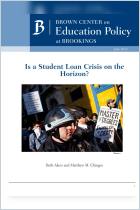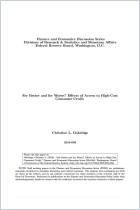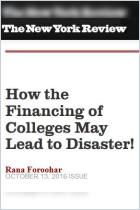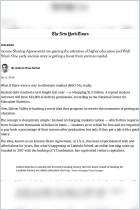Зарегистрируйтесь на getAbstract, чтобы получить доступ к этому краткому изложению.

Зарегистрируйтесь на getAbstract, чтобы получить доступ к этому краткому изложению.
Marco Di Maggio, Ankit Kalda and Vincent W. Yao
Second Chance
Life without Student Debt
SSRN, 2019
Что внутри?
Forgiving US student loan debt, as some politicians propose, could have significant consequences.
Recommendation
Student loan debt in the United States is quickly becoming a crisis. But suppose this debt was forgiven, as some politicians have proposed? Forgetting about the cost of such a policy for a moment, how would forgiveness affect a borrower’s other consumer debt and income growth prospects? In this scholarly paper, economists Marco Di Maggio, Ankit Kalda and Vincent Yao find out what happens to people’s financial situations when they no longer face student debt. The results may surprise you, adding fuel to the arguments about this timely topic.
Summary
About the Authors
Marco Di Maggio is an assistant professor at Harvard Business School. Ankit Kalda is an assistant professor at Indiana University. Vincent W. Yao is an associate professor at Georgia State University.

















Comment on this summary